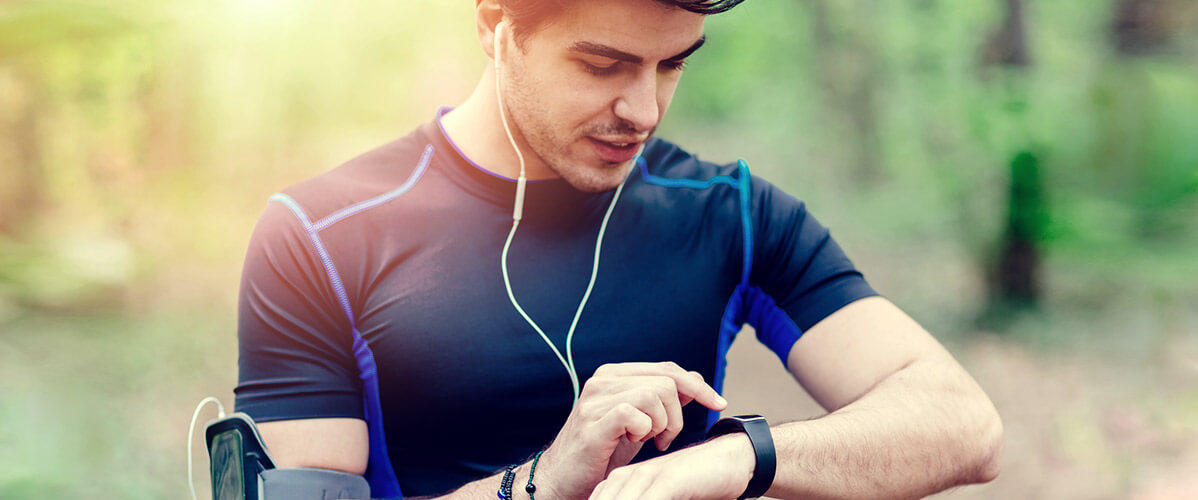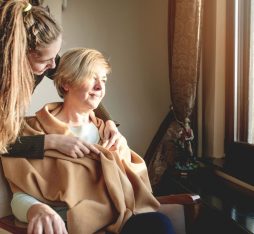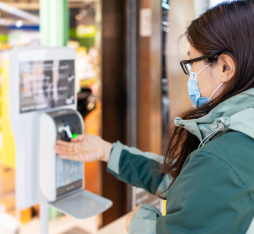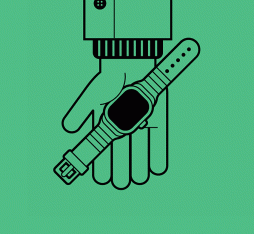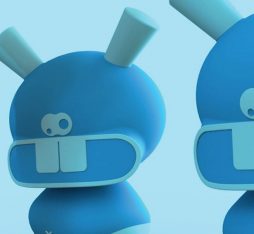“Digital’s ability to gather, upload and analyse data in real time bears the seeds of in-depth modifications in our structural approach to healthcare.”
Will humans soon be living to the ripe old age of 1,000? Is transhumanism within our reach? If some people are to be believed, the next generation could be the first to be virtually immortal. As software and biotechnology continue to advance, they will soon be tasked with repairing the human body and with improving it physically and intellectually, helping Homo Sapiens to evolve into Homo Augmentatus…
The number of connected objects has rocketed, with forecasters predicting between 50- 100 billion objects within a decade ) about ten for every human being on the planet. Among these, swathes of portable devices, clips and sensors will be worn visibly or hidden around the body, built into our clothing or inserted beneath our skin. Are humans about to become bionic? These revolutions foretold in fact mask large numbers of obstacles that are stopping humanity as a whole from accessing wellbeing. In Europe, for example, where life expectancy in increasing by three months each year, healthy life expectancy seems to have stalled.
The connected object a health coach
Before considering the deployment of augmented medicine and biotechnology, it is striking to think that some simple, age-old health advice is not being followed. The developed countries, for example, are faced with mounting incidence of obesity, shortening average life expectancy there. Physicians can repeat as much as they like that to stay in good health it’s a good idea to obey a few basic rules, such as avoiding addictive practices, taking 8-10,000 steps a day, sleeping 7-9 hours a night and contenting ourselves with eating 2,000 to 2,500 calories a day. Few of us manage to do so.
That observation provides a rationale for a host of connected objects. A wrist-worn activity tracker that counts our steps and measures how much sleep we get, and that prompts us to get up and move about when we’ve been sitting for too long, can help many of us to modify our behaviour, provided that it is more than just another electronic gizmo, but one delivering a real service and reminding us of its everyday usefulness.
This “coached” behaviour change alone should drive the investment we need to make to get kitted out. The old sports adage “I measure myself therefore I know myself; I know myself, therefore I improve myself” has long been the athlete’s mantra. It should now be taught to everyone, progressively and repeatedly.
From prevention to personalised prediction
Human health also depends on environmental factors. The nutrition-health-environment triangle is an emerging sector where Big Data similarly delivers significant improvements. The huge repositories of data generated by the Internet of Things are starting to be systematically anonymised to help researchers see patterns – a combinatorial mathematical approach where the “revelation” of correlations between multiple factors can suddenly inspire light-bulb moments among data scientists in much the same way as the storied apple’s fall did for Newton.
The way medical monitoring is carried out in the future will also be rooted in data. Their nominative format will need to be retained to ensure personalised diagnosis and analysis – a sort of individual digital imprint. But it must also be scrupulously protected and its locked character acknowledged, under the authority of the individual and the health authorities. In light of this, the promulgation of the EU General Data Protection Regulation (GDPR) is good news. The regulation recognises the user’s right to control their personal data, with a systematic explicit consent (opt-in) principle, a “right to erasure”, data portability from one system to another, and penalties of up to 4% of global revenue in the event of a breach. The icing on the cake is that, because of its extraterritorial application, the regulation concerns all European nationals, regardless of whether their data are stored by a resident or an offshore entity.
Healthcare tomorrow
Digital’s ability to gather, upload and analyse data in real time bears the seeds of in-depth modifications in our structural approach to healthcare. Just imagine: in the future, medical training will include the use of analysis technology and software on a par with training in anatomy and pharmacology. Digital will create direct, immediate links between the prescriber, the funder, and the beneficiary, without us having to wait for our next appointment to discuss our concerns with a GP. Laboratories will modify the development of their new treatments on the basis of direct statistical feedback, powered by artificial intelligence, deep learning and crowdsourcing. The format of clinical tests will be revised. The patient’s body will be linked to their GP, to algorithms, and probably to laboratories that will thus be able to monitor the patient in a day-to-day relationship.
The creation of that day-to-day relationship is also a source of hope for healthcare insurers. Rather than statistically estimating the risks of insuring a client with a certain time lag, they will have access to a mass of real-time data. Even if mutual insurers are loath to estimate individual risks and calculate “bespoke” premiums, they may be forced into doing so by new entrants, ready to break with accepted tradition as they seek to reinvent the approach and offer financial incentives to those members who are most open to the idea of sharing their data. These changes, which are being seriously considered in the insurance sector, apply as much to people as to assets, which the advent of the smart home, and connected cars will substantially influence.
There is no doubt that these innovation breakthroughs will be driven by start-ups, thanks to the gigantic investment funds being set up, especially in the United States and Israel. These are going to shake up our ideas, and “Uberise” healthcare to ensure an predictive approach designed to balance the healthcare budget books and improve people’s lifestyles.
All this implies, therefore, that governments understand the preponderant role that they can play by easing the legislative framework, and by freeing up creative energies where they are compliant with ethical frameworks. That is the price to pay if future thousand-year-old humans want to celebrate their first centenary in good health…

